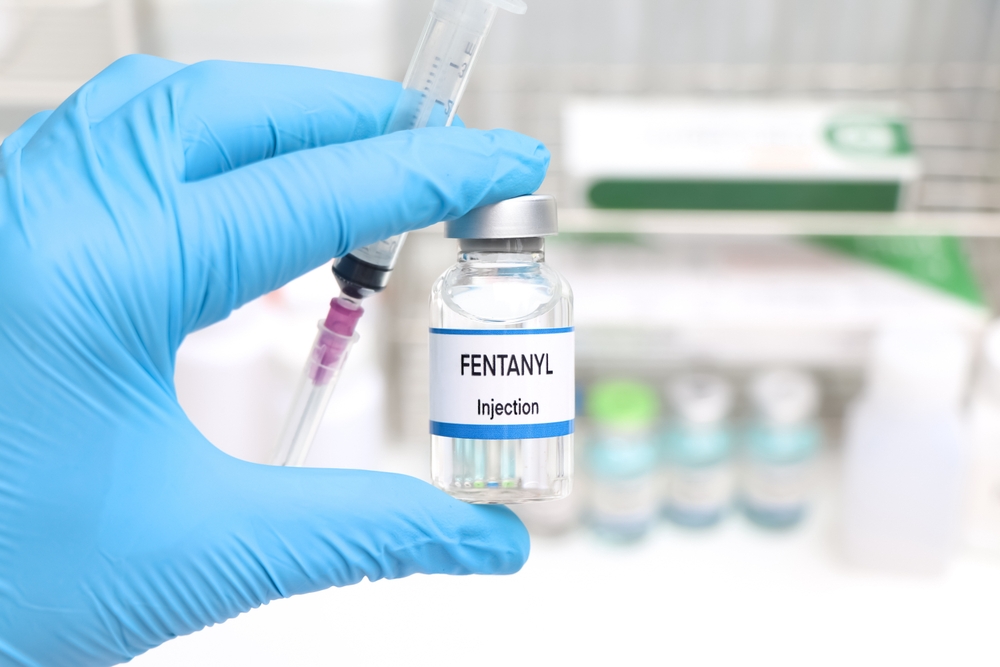Now Reading: U.S. Study Reveals Higher Illicit Fentanyl Usage Than Estimated
-
01
U.S. Study Reveals Higher Illicit Fentanyl Usage Than Estimated
U.S. Study Reveals Higher Illicit Fentanyl Usage Than Estimated

Quick Summary
- A study published in JAMA Health Forum reveals that 7.5% of adults in the U.S. reported using illicit fentanyl between June 2023 and June 2024 – over 20 times higher than previously reported figures.
- Around 11% of surveyed participants admitted to using other illicit opioids during the same period.
- The National Survey on Drug Use and Health (NSDUH) had previously estimated that only 0.3% of U.S. adults used illicit fentanyl in its findings from 2022, raising concerns about underreporting.
- Differences between survey methods (online surveys versus partly in-person responses) may be contributing factors to these discrepancies.
- Of those reporting opioid use, approximately:
– 4.9% intentionally used illicit fentanyl,
– 2.6% unintentionally consumed it,
– 25% said their first opioid experience involved illicit substances,
while prescription opioids accounted for usage among others.
- Experts stress the urgent need for near real-time data collection methods to better understand trends and address gaps in tracking the ongoing opioid crisis.
Read More: the Opioid Crisis Is Not Over
Indian Opinion Analysis
India faces its own set of challenges concerning substance abuse, including rising concerns around pharmaceutical drug misuse and illegal trafficking, which parallel certain aspects highlighted by this study from the U.S. Although India has not yet reported considerable involvement with substances like fentanyl on a scale comparable to North America, this research indirectly underscores broader lessons for Indian policymakers: accurate data collection is critical for addressing public health crises.The disparity between traditional surveys (like NSDUH’s reliance on partly offline methods) and modern online-based approaches demonstrates how methodology can influence results significantly – a point worth noting as India continues developing its own drug-use prevalence studies or interventions. Moreover, real-time monitoring mechanisms like those suggested hear could aid India’s efforts against evolving synthetic drugs that threaten public health.
As India’s healthcare authorities consider policy improvements targeting growing narcotic use trends, proactive learning from global data-gathering techniques such as standardization across platforms could prove instrumental to mitigating potential future epidemics domestically.
Read More: Could a Fentanyl Vaccine Breakthrough Save People From Overdoses?


























